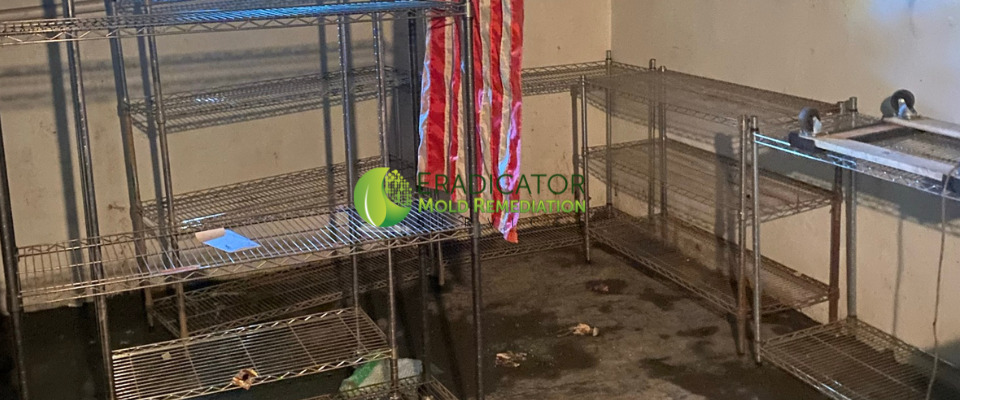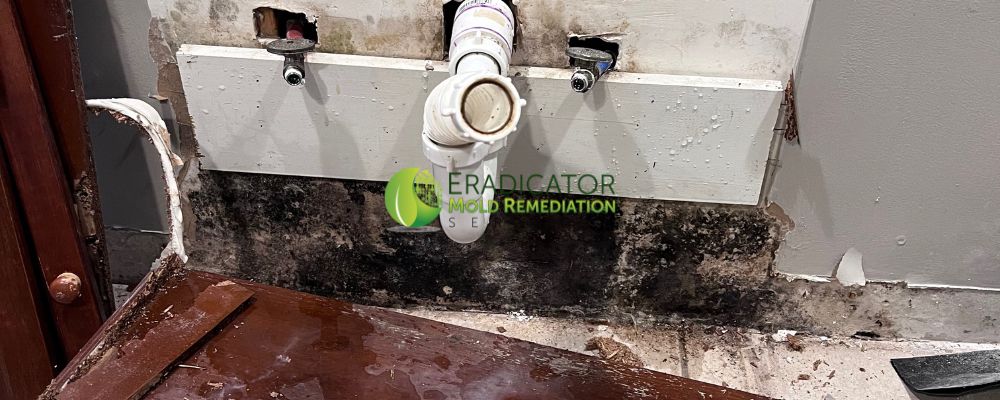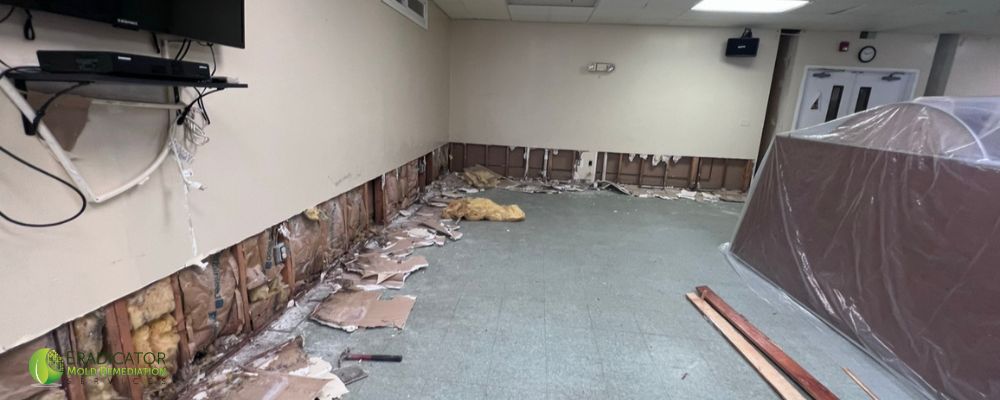“Is this covered by Insurance?” is a question often posed to Eradicator inspectors by clients…
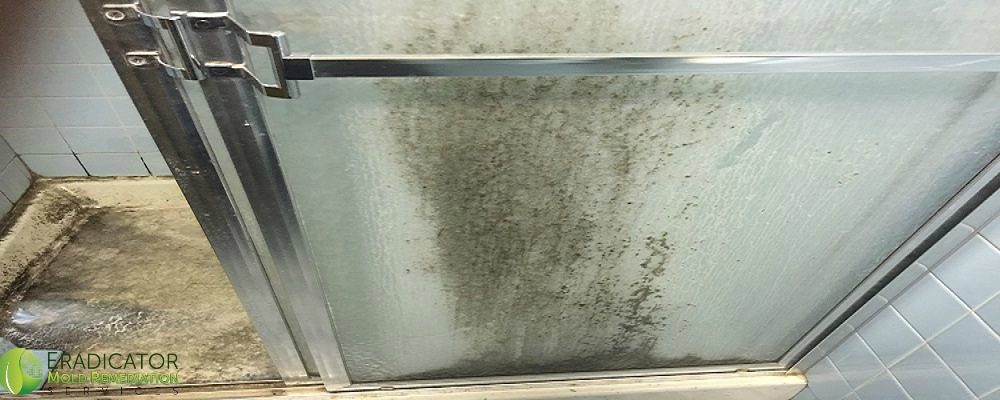
Tips on Cleaning Mold
Eradicator is aware that mold removal can be a tough job to do on your own. The EPA recommends a homeowner should consult a mold certified professional once the area is larger than 10 sq ft. However, it is understandable that you may want to remove items affected by mold for reasons like trying to save costs. If you are going to attempt to clean mold on your own, there are very important safety measures and information to be aware of and to adhere to before getting started. Here are a few DIY tips that can apply to the mold removal process.
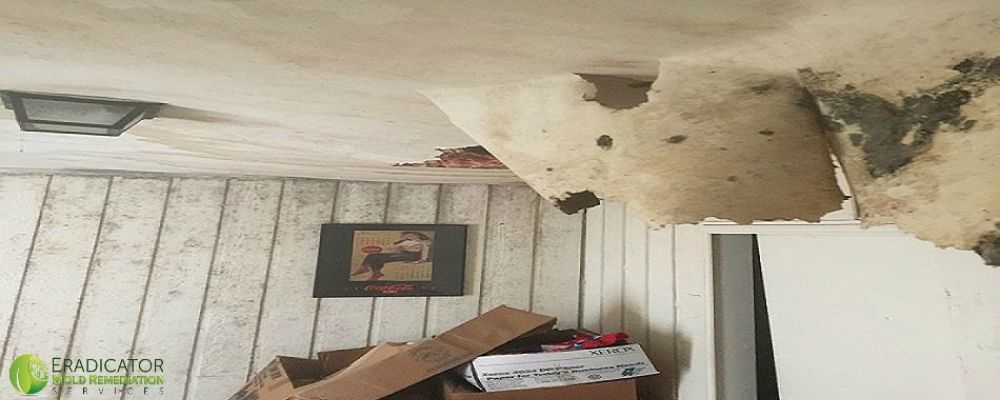
Any mold removal project should start with some preventative measures, including ones that will ensure that mold will not return to the area you are cleaning. These measures are also related to protecting your health because as it is widely known, mold can cause serious health issues, including allergic reactions. So, before you start your mold removal job, take the following measures.
General Preparations




These general preparations are for the area you intend to clean and will ensure that mold does not ruin your household remodeling project, will not return, and that special items are handled with care. However, there are personal measures you must also take before removing mold.
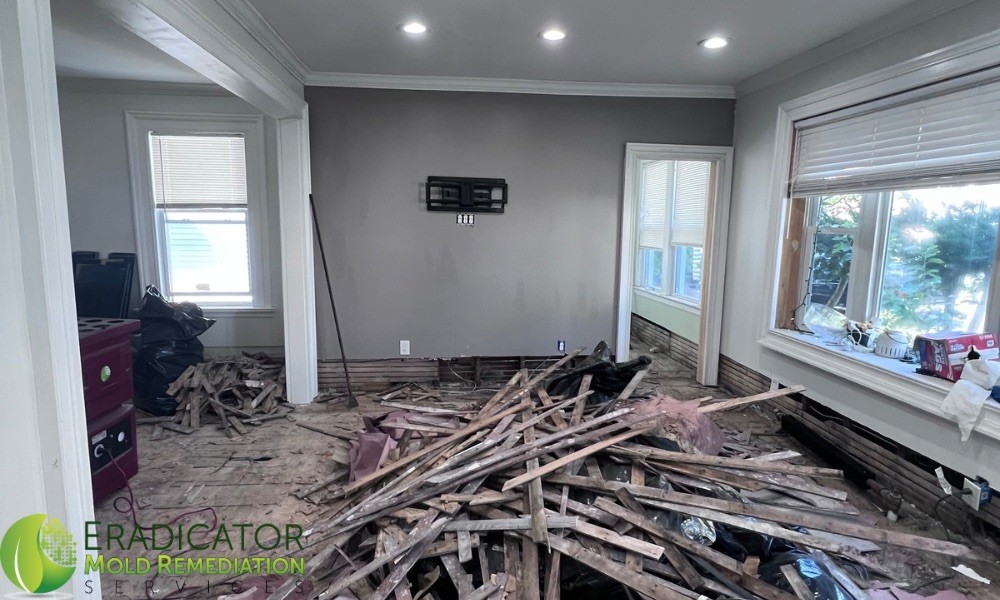
Personal Safety Precaution Methods



These personal safety measures are in place to make sure that mold does not enter your airways and does not get onto your person. Because mold can cause health issues, you want to ensure you are not taking in mold spores as you clean. Therefore, go slow, cover your entire body in addition to wearing safety gear, and be careful. Before you start cleaning, also make sure that the room is inaccessible to others and that the level of humidity is controlled so that mold does not reattach to moist areas and regrow.
Before You Start Cleaning




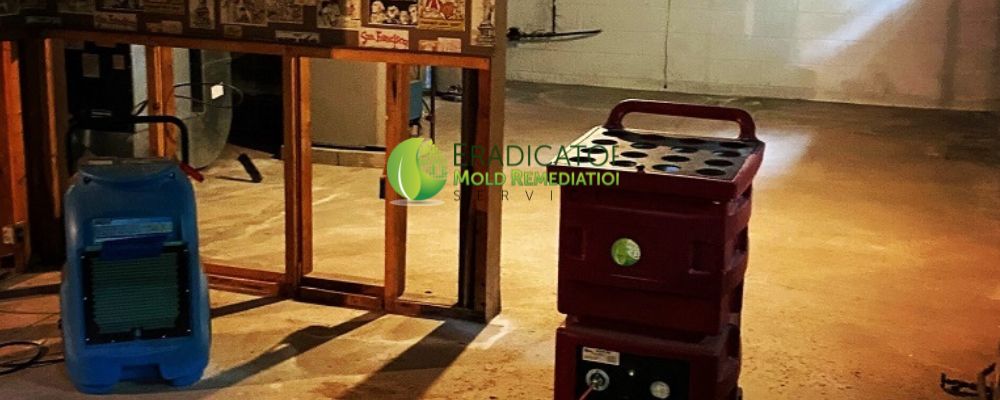
When cleaning mold yourself, the steps are minimal. Scrub the mold thoroughly with a household general cleaning product or detergent. Make sure to scrub until the visible mold is completely gone and the odor of the mold is no longer present. You will want to change towels frequently and discard the used towels in a trash bag. Rinse the clean area with warm water. Do not scrub too hard as to ruin the area and be aware that the mold may cause some discoloration to the area once removed.
Cleaning mold yourself involves a lot of preparation, precaution, and time intensive work. The process is bulky because you need to be very meticulous to ensure you kill all mold, remove it, and stop any possible reoccurrences. In addition, as you clean you may find signs of hidden mold behind walls or ceiling tiles; this is especially true in basements, attics, and bathrooms. Because these areas are prone to becoming damp, mold tends to cling to their surfaces and grow unseen. Therefore you may begin cleaning with the intention of washing one small area but wind up with a whole different situation.
With all the measures and steps that must be taken into account when cleaning mold yourself, it is best to consider an expert instead. Eradicator mold professionals are trained for this. At the minimum, we can give you a consultation and confirm your mold is only in the area that you intend to clean. We will provide a thorough inspection and inform you if you have a bigger problem. In addition, our experts know what steps and equipment are required to properly carry out the process. We follow specific guidelines mandated by the bodies that govern mold removal. We also have the necessary industrial equipment so you do not have to spend out of pocket for that added cost. Plus, our experts will know what chemicals are safe on what surfaces and how to best remove mold from certain areas so as to not damage your valuable property. Consider hiring an expert to safely remove the mold and keep you safe as well. But, if you are going to try it on your own, buyer be warned and follow the steps above.

